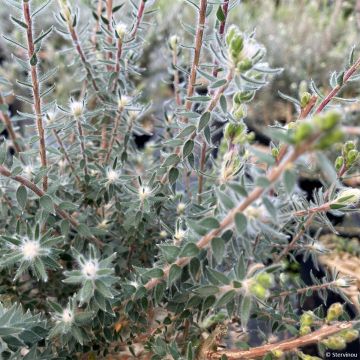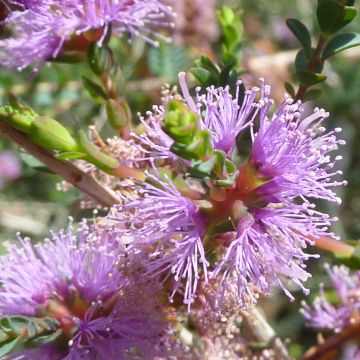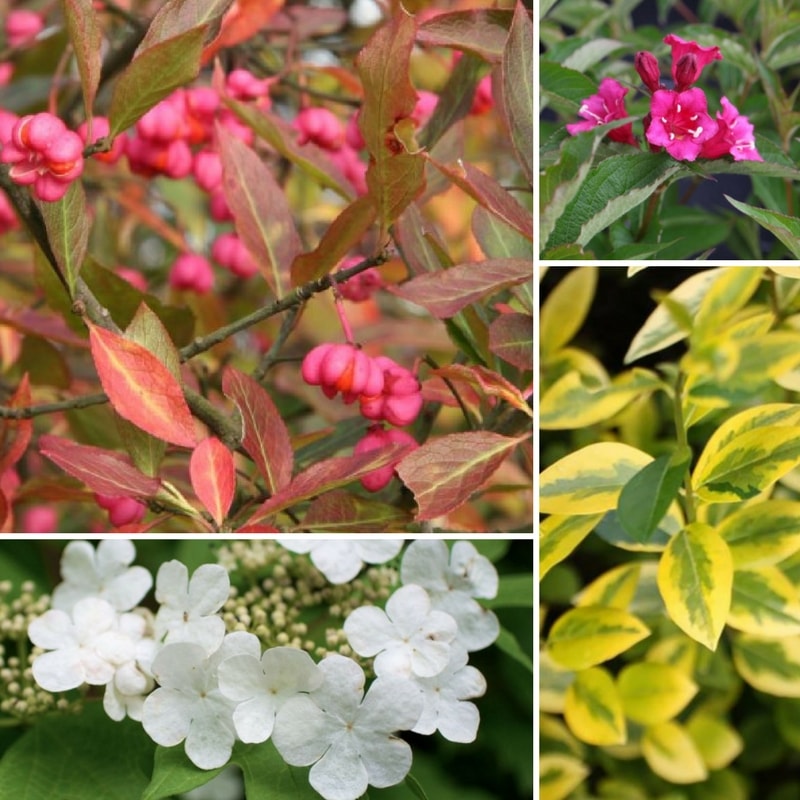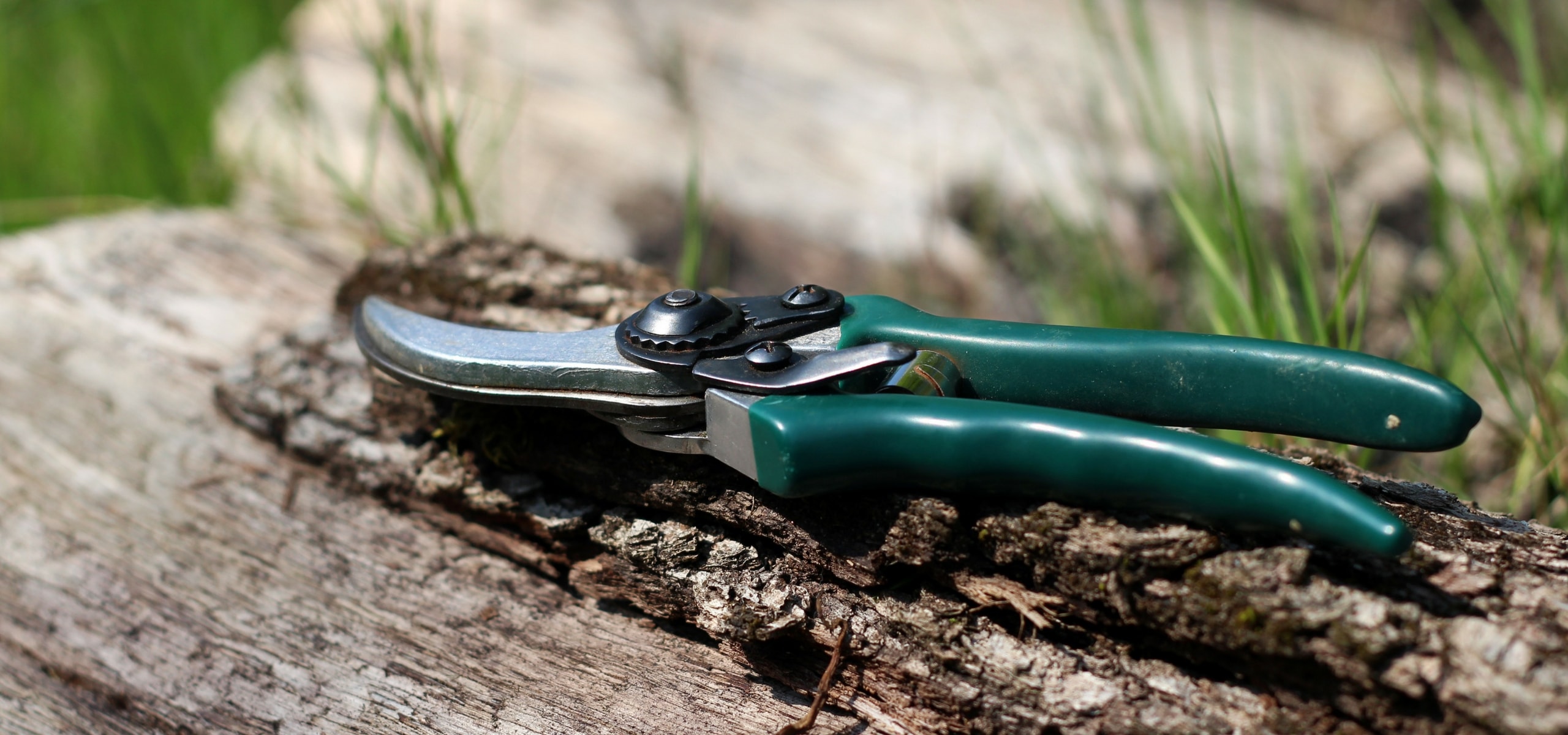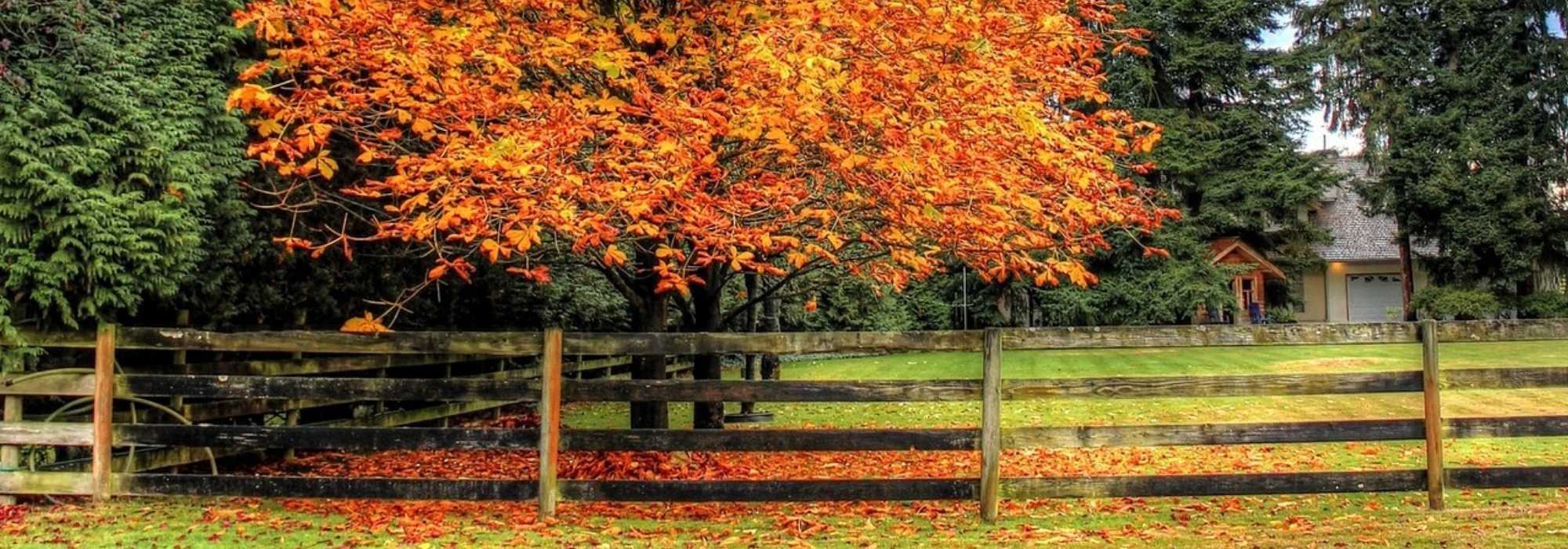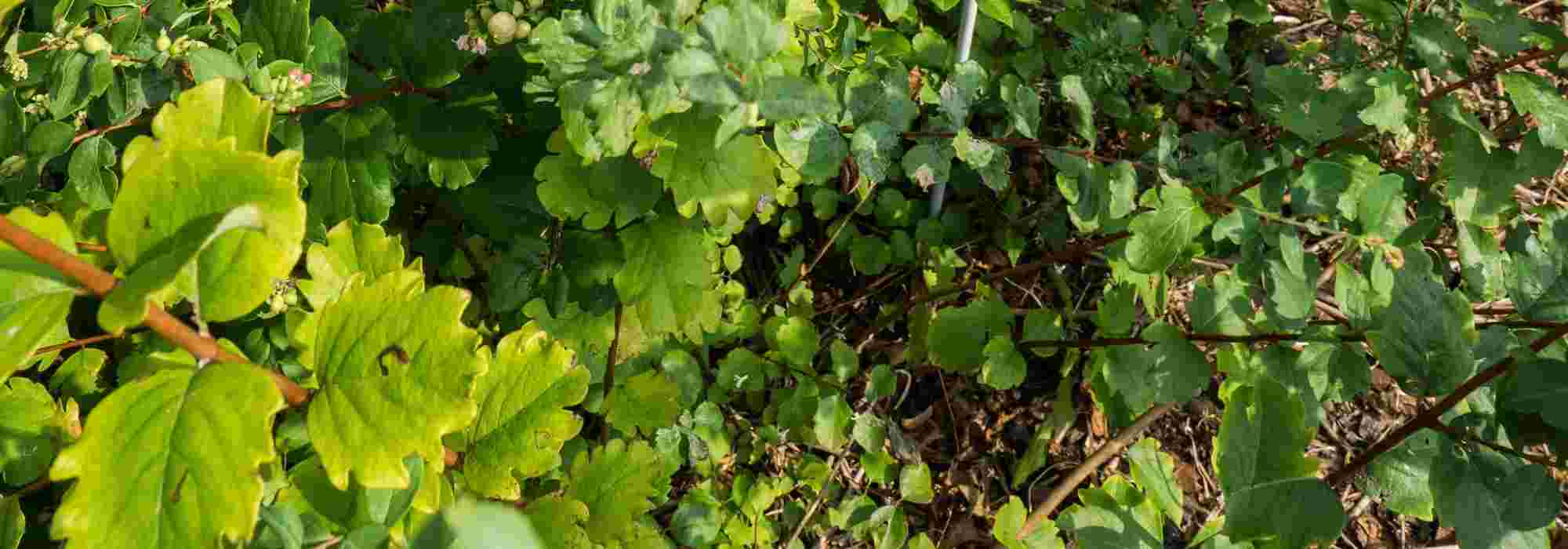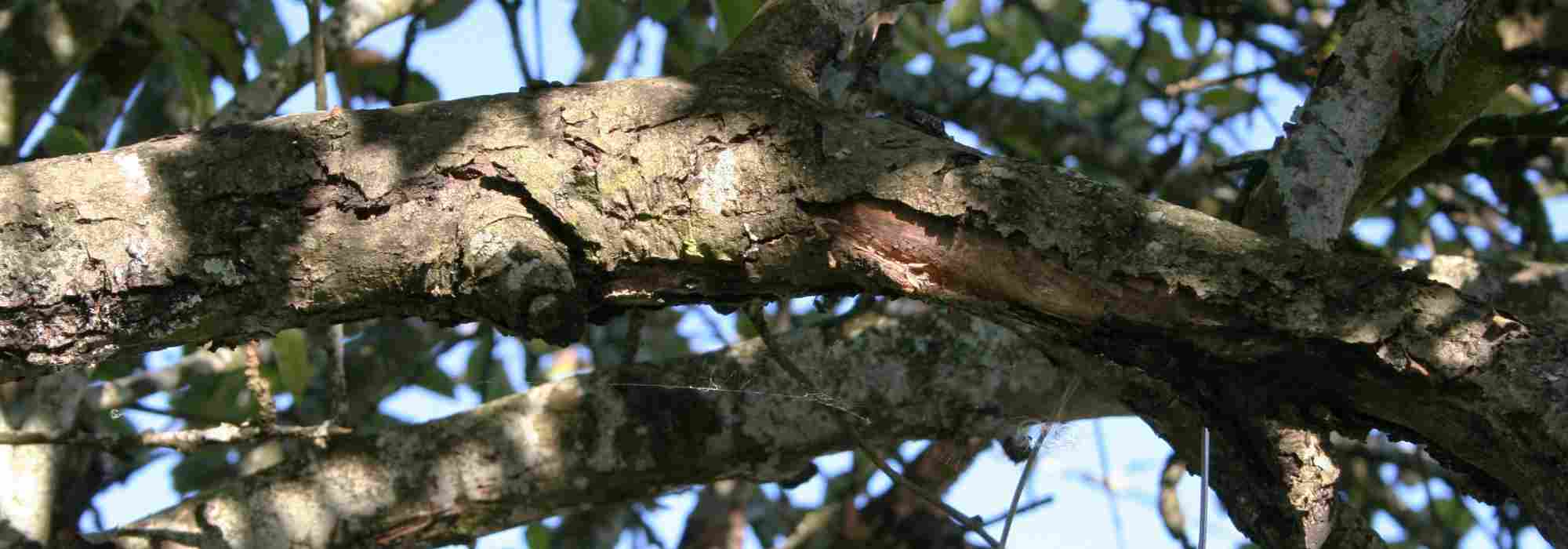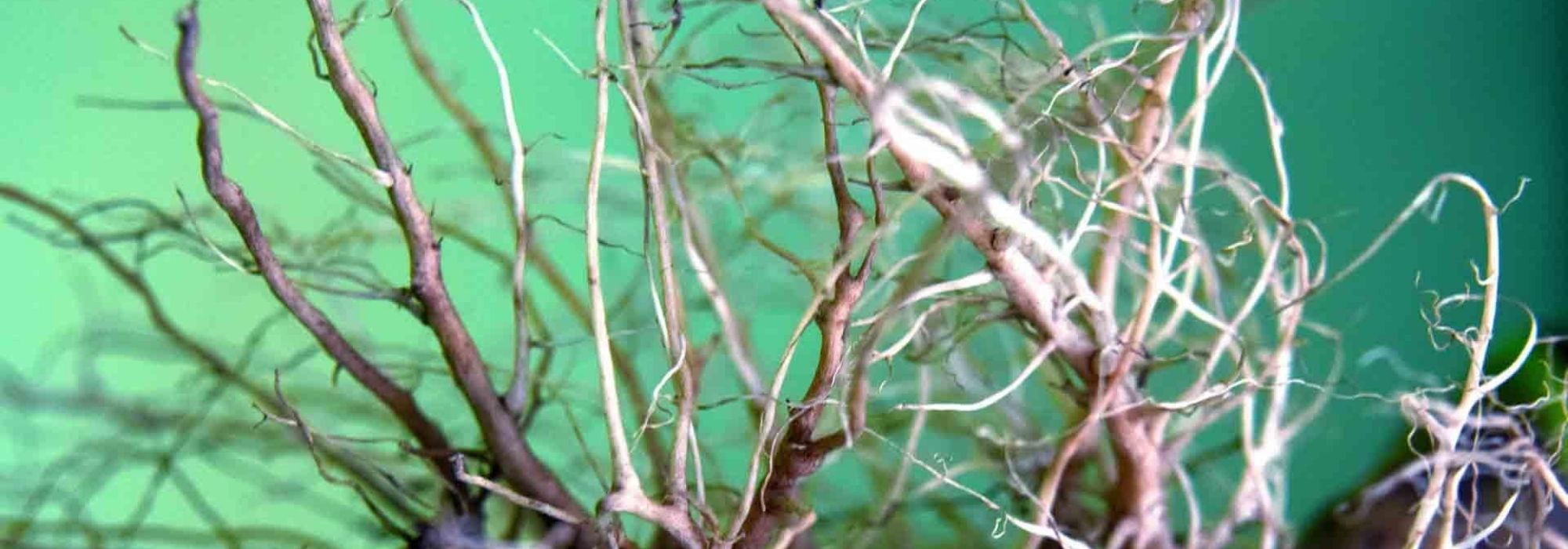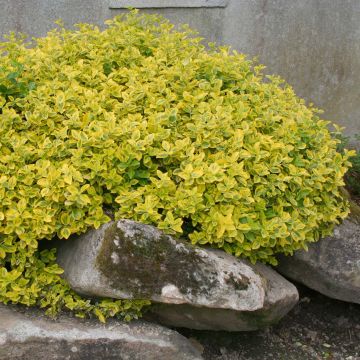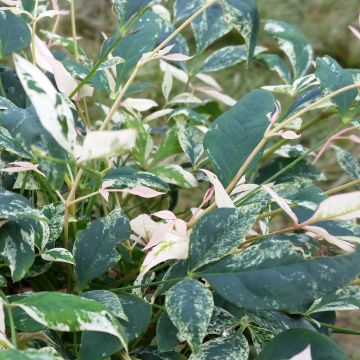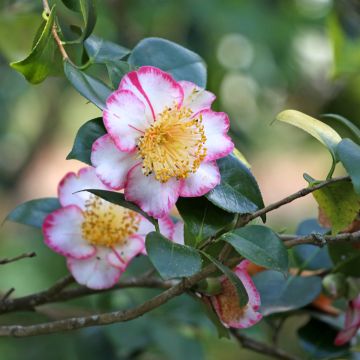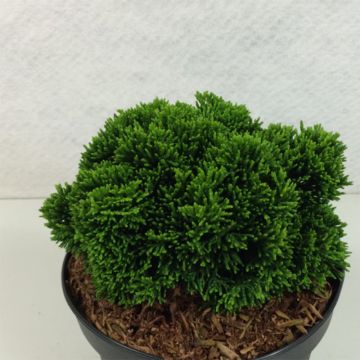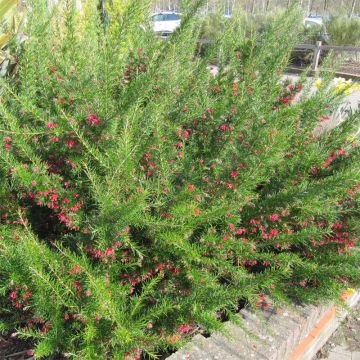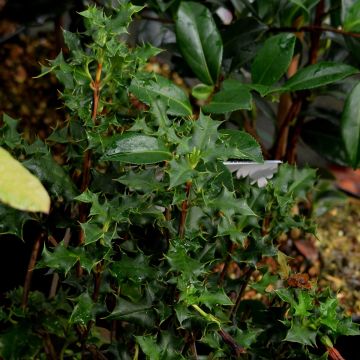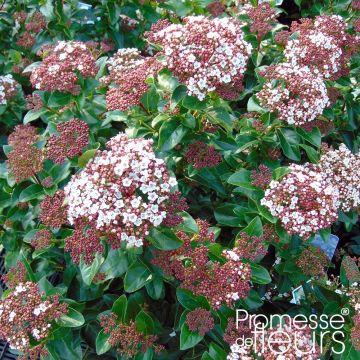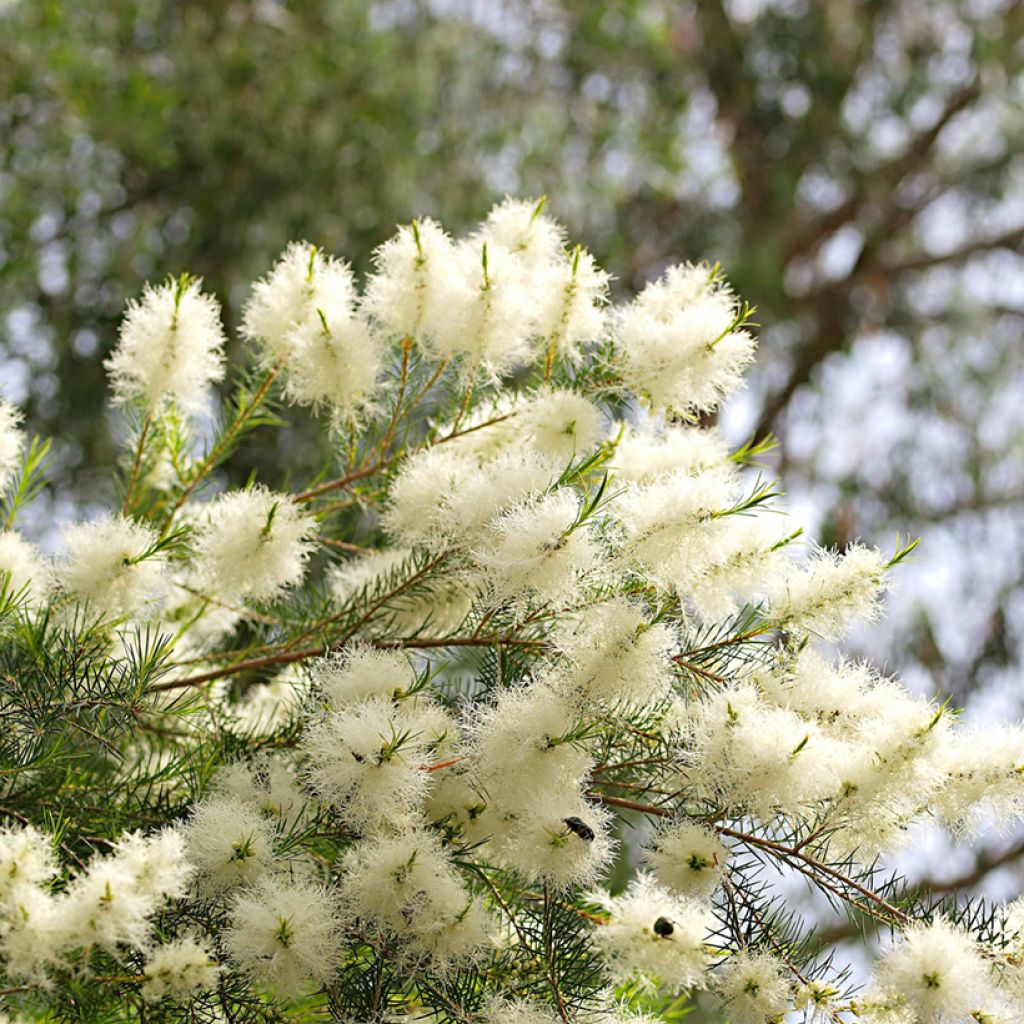

Melaleuca alternifolia - Tea tree
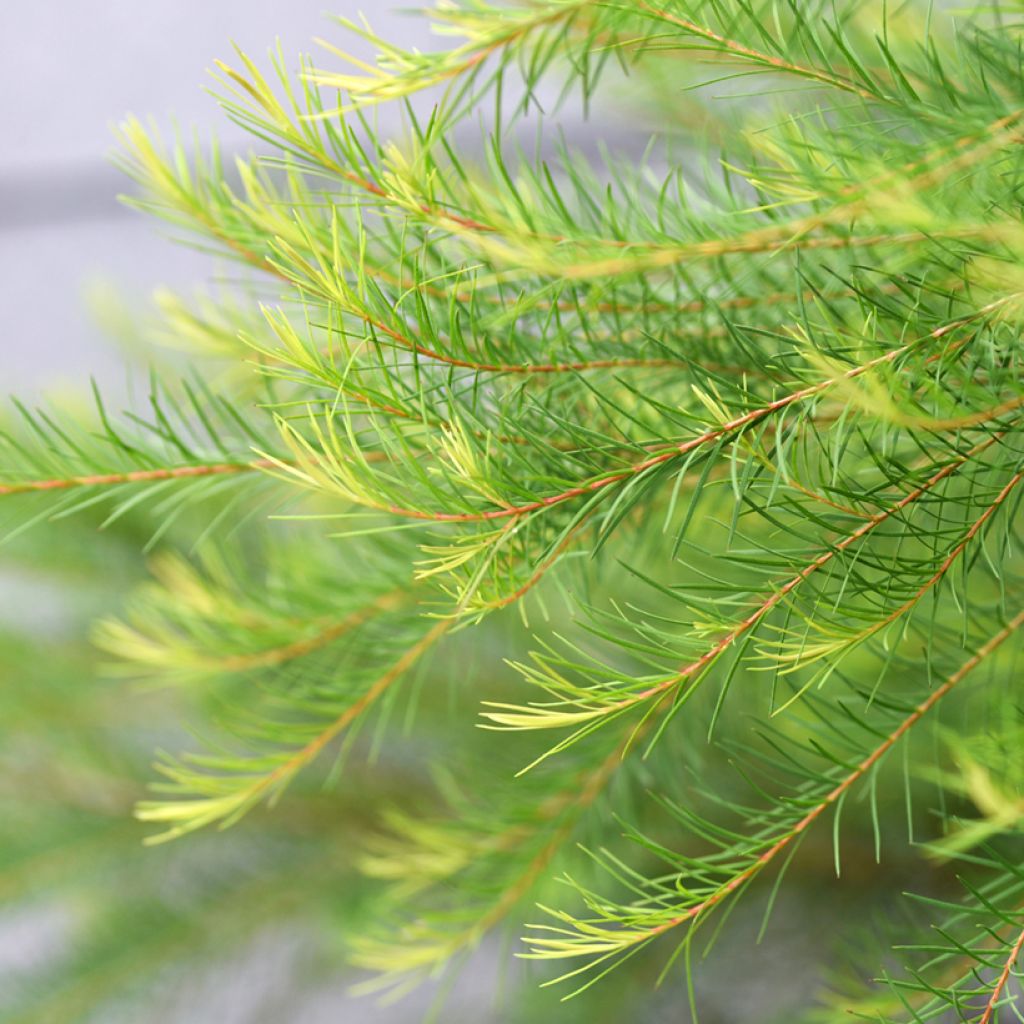

Melaleuca alternifolia - Tea tree
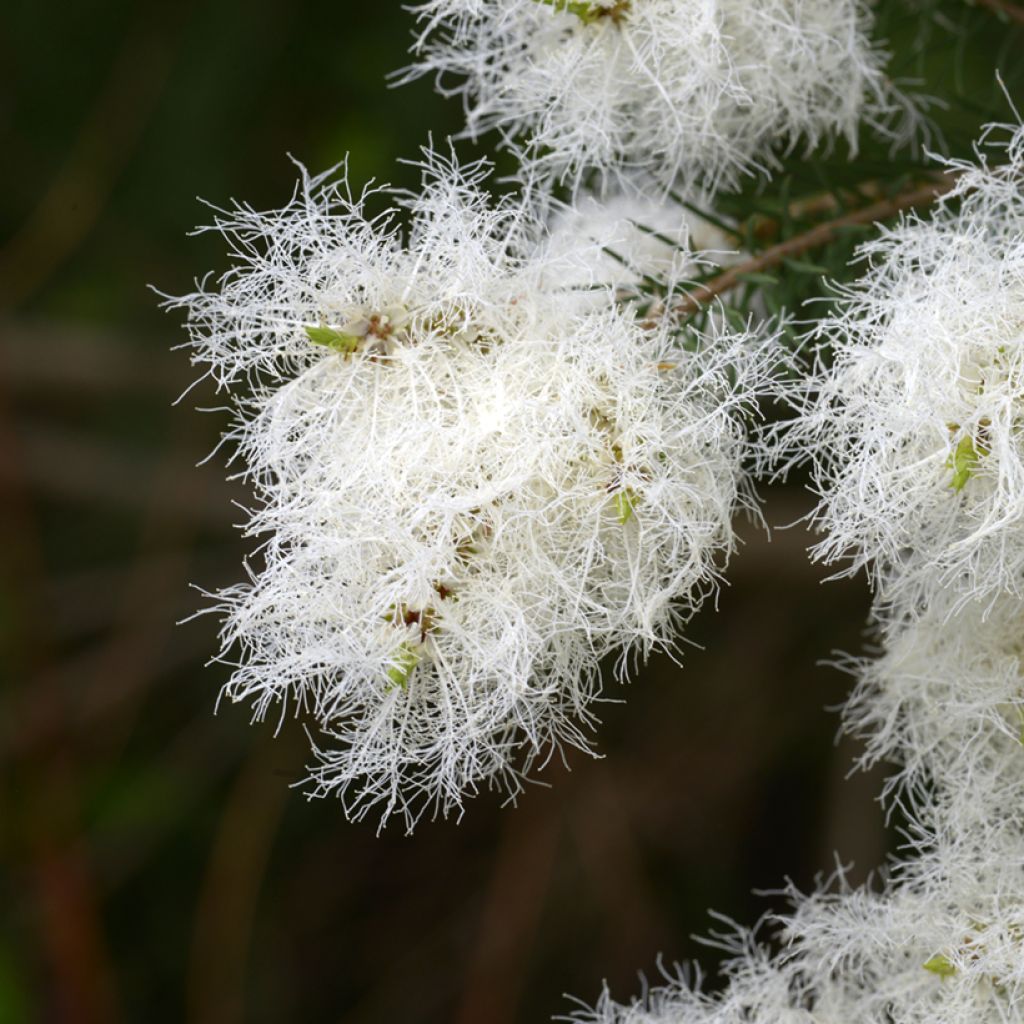

Melaleuca alternifolia - Tea tree
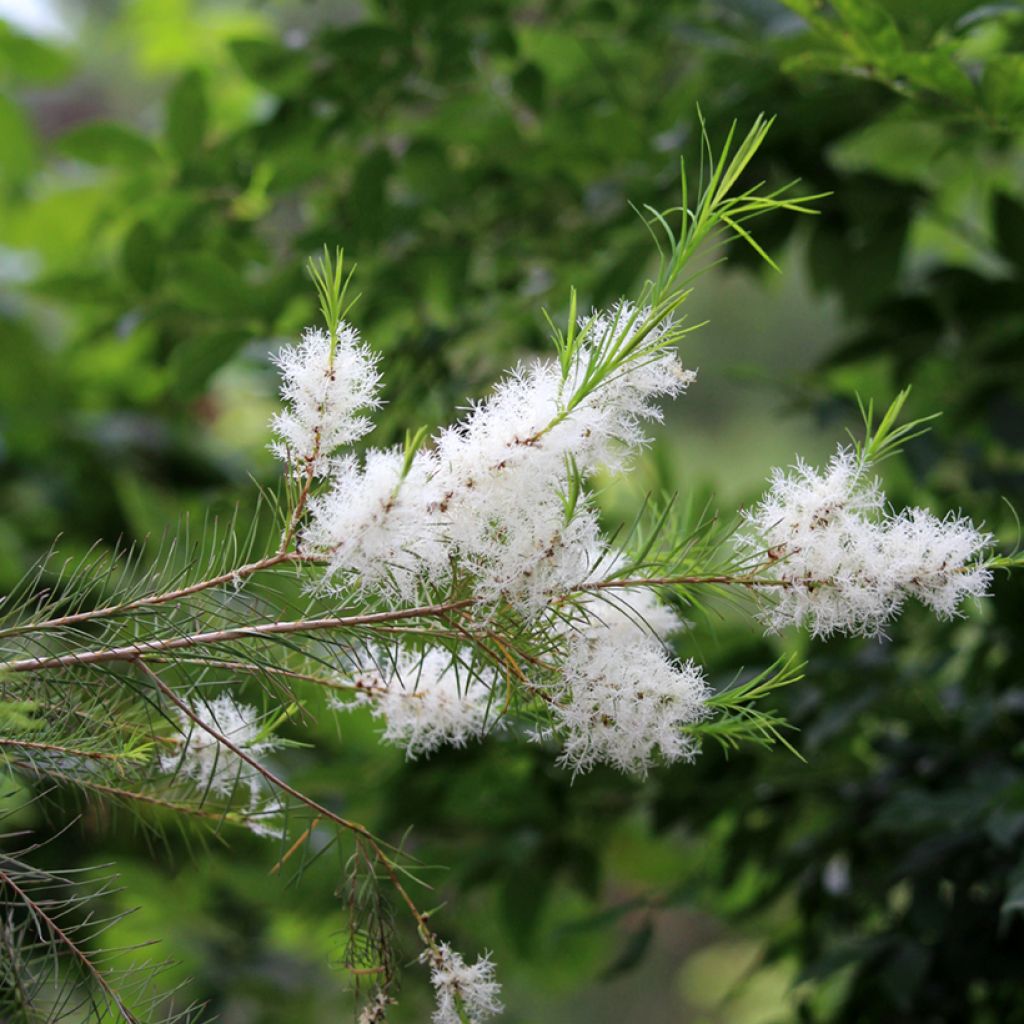

Melaleuca alternifolia - Tea tree
Melaleuca alternifolia - Tea tree
Melaleuca alternifolia
Tea tree
Special offer!
Receive a €20 voucher for any order over €90 (excluding delivery costs, credit notes, and plastic-free options)!
1- Add your favorite plants to your cart.
2- Once you have reached €90, confirm your order (you can even choose the delivery date!).
3- As soon as your order is shipped, you will receive an email containing your voucher code, valid for 3 months (90 days).
Your voucher is unique and can only be used once, for any order with a minimum value of €20, excluding delivery costs.
Can be combined with other current offers, non-divisible and non-refundable.
Why not try an alternative variety in stock?
View all →This plant carries a 24 months recovery warranty
More information
We guarantee the quality of our plants for a full growing cycle, and will replace at our expense any plant that fails to recover under normal climatic and planting conditions.
Would this plant suit my garden?
Set up your Plantfit profile →
Description
Melaleuca alternifolia, better known as the Tea Tree, is an Australian evergreen bush with fine, light and aromatic foliage. It is renowned for its tea tree essential oil with purifying properties, valued for its rapid growth and decorative foliage. Its rather discreet flowering in fluffy white spikes attracts pollinators. A lover of warmth and resistant to sea spray, it can be acclimatised in Mediterranean coastal gardens, where it forms beautiful hedges or shrub borders. Elsewhere, it adapts very well to pot cultivation and makes a lovely conservatory or orangery plant, provided it is overwintered in a bright and not overheated space.
The Tea Tree belongs to the Myrtaceae family, a cousin of myrtles and bottlebrushes. Native to Australia, it is endemic to the coastal regions of south-east Queensland and north-east New South Wales. It is notably found along the Clarence and Richmond rivers. In its natural habitat, it thrives in marshy areas, along watercourses and on floodplains, often in dense stands. This bush or small tree reaches between 4 and 6 m in height at maturity in the ground, with a spread of about 3 to 4 m. When grown in pots, its dimensions are more modest, generally reaching 1.5 to 2.5 m in height with a spread of 1 to 1.5 m. Its growth is moderate to fast, with an annual increase of 40 to 60 cm under optimal conditions. It has a bushy crown and a trunk with parchment-like, smooth, pale bark that peels in thin flakes. Its foliage is evergreen in winter, consisting of alternate leaves, sometimes arranged in whorls. These leaves are linear and narrow, measuring 10 to 35 mm in length and about 1 mm in width. Their soft and smooth texture hides numerous essential oil glands which, when crushed, release a characteristic and powerful aroma. Melaleuca alternifolia mainly flowers in spring and early summer, between May and July, earlier or later depending on the climate. Its inflorescences take the form of 3 to 5 cm long terminal or axillary spikes, made up of numerous small white or cream flowers. Each flower has five small petals and long prominent stamens, giving the inflorescence a fluffy appearance. The fruits that follow flowering are woody, globular to cup-shaped capsules, measuring about 2 to 3 mm in diameter and containing numerous small seeds. These capsules remain attached to the branches after the seeds are released. The root system of Melaleuca is well adapted to wet environments. Shallow and widely spreading, it allows it to efficiently absorb water in the marshy environments where it grows naturally.
Melaleuca alternifolia is famous for the essential oil extracted from its leaves, known as tea tree oil. This essential oil is prized in aromatherapy and phytotherapy for its powerful antimicrobial and antifungal properties, making it a staple in natural care and cosmetics.
Melaleuca alternifolia adds a lovely touch of exoticism and softness to Mediterranean and coastal gardens. It can be planted as a standalone specimen, in an informal hedge or in a shrub border. Grown in pots, it becomes a decorative terrace plant during the summer season. It pairs perfectly with Leptospermum scoparium 'Snow Flurry', or Manuka, Callistemon citrinus 'Splendens', or Bottlebrush, and Westringia fruticosa, or Australian Rosemary. By combining these species, you can create a garden with a natural and wild style, reminiscent of Australian landscapes.
Report an error about the product description
Melaleuca alternifolia - Tea tree in pictures
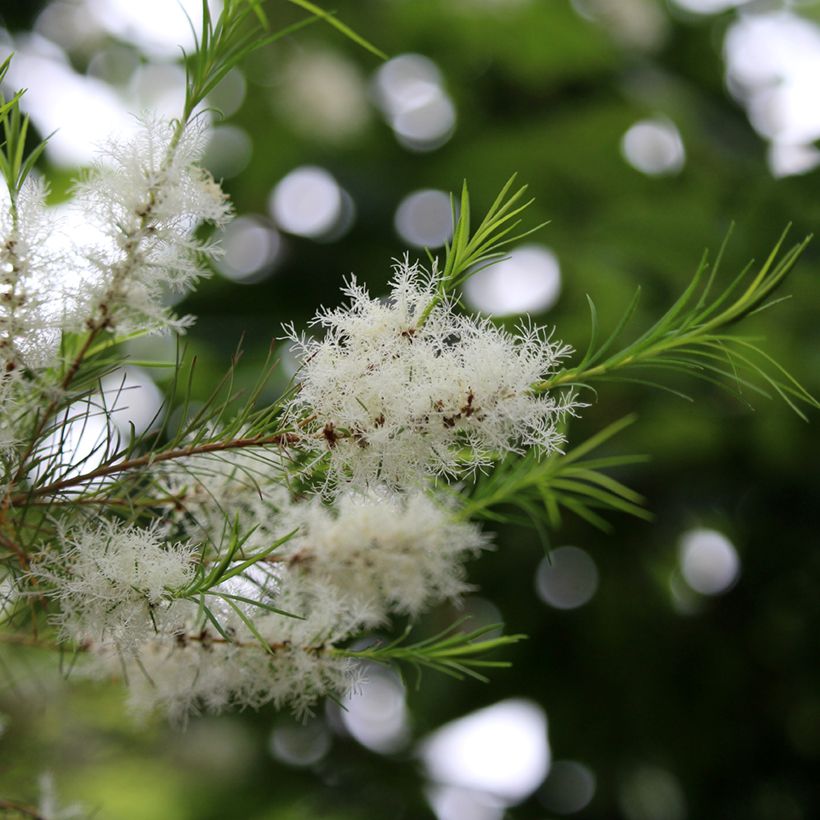



Plant habit
Flowering
Foliage
Botanical data
Melaleuca
alternifolia
Myrtaceae
Tea tree
Melaleuca linariifolia var. alternifolia
Australia
Other Melaleuca - Tea tree plant
View all →Planting and care
Melaleuca alternifolia can be grown both in the ground and in containers, provided it is given well-drained, moist, non-calcareous soil and a sunny position.
In the ground, it thrives in regions with a mild climate, particularly by the coast, where it tolerates sea spray well. Before planting, it is advisable to loosen the soil and incorporate sand or perlite to improve drainage. Dig a hole twice as wide as the root ball, place the young plant and backfill with a mixture of garden soil and light potting compost. Water thoroughly after planting and maintain regular watering during the first year to ensure good root establishment.
In containers, choose a large pot with drainage holes, at least 40 cm in diameter, filled with a mix of potting compost, sand and well-rotted compost. A gravel or organic mulch helps retain moisture without suffocating the roots. In winter, protect the plant from frost by bringing it into a bright, unheated conservatory or by covering it with horticultural fleece if planted in the ground in a borderline hardiness area.
No diseases or parasitic issues to report.
Planting period
Intended location
Care
Planting & care advice
This item has not been reviewed yet - be the first to leave a review about it.
Similar products
Haven't found what you were looking for?
Hardiness is the lowest winter temperature a plant can endure without suffering serious damage or even dying. However, hardiness is affected by location (a sheltered area, such as a patio), protection (winter cover) and soil type (hardiness is improved by well-drained soil).

Photo Sharing Terms & Conditions
In order to encourage gardeners to interact and share their experiences, Promesse de fleurs offers various media enabling content to be uploaded onto its Site - in particular via the ‘Photo sharing’ module.
The User agrees to refrain from:
- Posting any content that is illegal, prejudicial, insulting, racist, inciteful to hatred, revisionist, contrary to public decency, that infringes on privacy or on the privacy rights of third parties, in particular the publicity rights of persons and goods, intellectual property rights, or the right to privacy.
- Submitting content on behalf of a third party;
- Impersonate the identity of a third party and/or publish any personal information about a third party;
In general, the User undertakes to refrain from any unethical behaviour.
All Content (in particular text, comments, files, images, photos, videos, creative works, etc.), which may be subject to property or intellectual property rights, image or other private rights, shall remain the property of the User, subject to the limited rights granted by the terms of the licence granted by Promesse de fleurs as stated below. Users are at liberty to publish or not to publish such Content on the Site, notably via the ‘Photo Sharing’ facility, and accept that this Content shall be made public and freely accessible, notably on the Internet.
Users further acknowledge, undertake to have ,and guarantee that they hold all necessary rights and permissions to publish such material on the Site, in particular with regard to the legislation in force pertaining to any privacy, property, intellectual property, image, or contractual rights, or rights of any other nature. By publishing such Content on the Site, Users acknowledge accepting full liability as publishers of the Content within the meaning of the law, and grant Promesse de fleurs, free of charge, an inclusive, worldwide licence for the said Content for the entire duration of its publication, including all reproduction, representation, up/downloading, displaying, performing, transmission, and storage rights.
Users also grant permission for their name to be linked to the Content and accept that this link may not always be made available.
By engaging in posting material, Users consent to their Content becoming automatically accessible on the Internet, in particular on other sites and/or blogs and/or web pages of the Promesse de fleurs site, including in particular social pages and the Promesse de fleurs catalogue.
Users may secure the removal of entrusted content free of charge by issuing a simple request via our contact form.
The flowering period indicated on our website applies to countries and regions located in USDA zone 8 (France, the United Kingdom, Ireland, the Netherlands, etc.)
It will vary according to where you live:
- In zones 9 to 10 (Italy, Spain, Greece, etc.), flowering will occur about 2 to 4 weeks earlier.
- In zones 6 to 7 (Germany, Poland, Slovenia, and lower mountainous regions), flowering will be delayed by 2 to 3 weeks.
- In zone 5 (Central Europe, Scandinavia), blooming will be delayed by 3 to 5 weeks.
In temperate climates, pruning of spring-flowering shrubs (forsythia, spireas, etc.) should be done just after flowering.
Pruning of summer-flowering shrubs (Indian Lilac, Perovskia, etc.) can be done in winter or spring.
In cold regions as well as with frost-sensitive plants, avoid pruning too early when severe frosts may still occur.
The planting period indicated on our website applies to countries and regions located in USDA zone 8 (France, United Kingdom, Ireland, Netherlands).
It will vary according to where you live:
- In Mediterranean zones (Marseille, Madrid, Milan, etc.), autumn and winter are the best planting periods.
- In continental zones (Strasbourg, Munich, Vienna, etc.), delay planting by 2 to 3 weeks in spring and bring it forward by 2 to 4 weeks in autumn.
- In mountainous regions (the Alps, Pyrenees, Carpathians, etc.), it is best to plant in late spring (May-June) or late summer (August-September).
The harvesting period indicated on our website applies to countries and regions in USDA zone 8 (France, England, Ireland, the Netherlands).
In colder areas (Scandinavia, Poland, Austria...) fruit and vegetable harvests are likely to be delayed by 3-4 weeks.
In warmer areas (Italy, Spain, Greece, etc.), harvesting will probably take place earlier, depending on weather conditions.
The sowing periods indicated on our website apply to countries and regions within USDA Zone 8 (France, UK, Ireland, Netherlands).
In colder areas (Scandinavia, Poland, Austria...), delay any outdoor sowing by 3-4 weeks, or sow under glass.
In warmer climes (Italy, Spain, Greece, etc.), bring outdoor sowing forward by a few weeks.






























